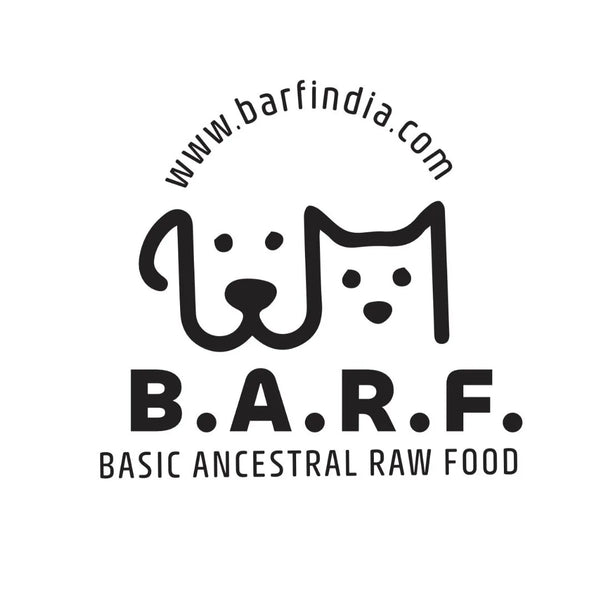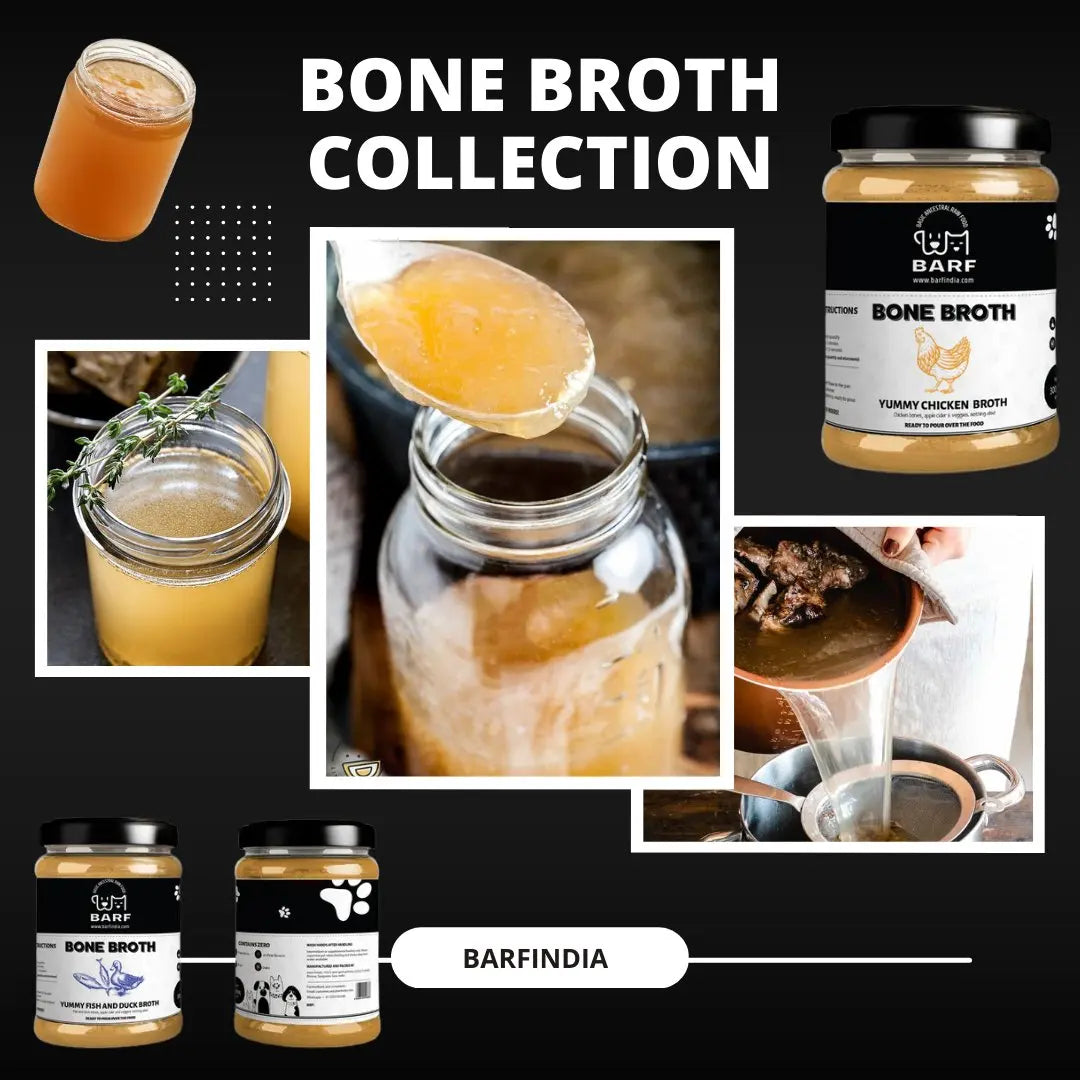
Feeding Chicken Feet to Dogs
B.A.R.F. India AdministratorWhy should we feed Chicken Feet?
Chicken feet are often overlooked and discarded after slaughter, but turning them into nutritious dog treats is a smart way to reduce waste and support pet health.
Chicken feet can be bought in several different forms. These include:
- Raw: These can be bought straight from the butcher as off-cuts or at your local farmer’s market. They might be fresh or frozen, but regardless of which they are, they have had no processing at all. This means they need a thorough clean before giving to your dog. While you can dehydrate raw chicken feet at home for your dog, you can also give them fresh or frozen too.
- Dehydrated: These are cleaned, dehydrated in a dehydrator, and packaged before you buy them. They have a long shelf-life of over six months (not that your dog will allow them to last that long). They are usually yellow in color, and slightly shriveled-looking in comparison to the raw form of the feet.
Are Chicken Feet really Good for Dogs?
Chicken feet are highly nutritious for dogs. They have two main health draws to them; they help manage joint conditions, and they help maintain dental hygiene.
Chicken feet contain high concentrations of glucosamine and chondroitin, which are commonly found in canine joint supplements. These provide the building blocks for joint cartilage and therefore help improve overall joint health for arthritic dogs, or dogs with joint conditions such as hip dysplasia. So, if you are looking for a natural alternative to joint supplements, it’s worth giving chicken feet a go! It’s been suggested that each foot is packed with approximately 450mg of glucosamine. In comparison to an average joint supplement, that’s a daily dose for a medium-sized dog!
*Raw Meaty Bones are considered “soft bones” and do not splinter but should always be fed RAW and strictly under human supervision.
are healthy chews that come loaded with natural glucosamine and chondroitin which make them an excellent choice for dogs with joint problems. They are easily digestible bones and contain about 30% cartilage and 5% glucosamine. The foot and nails are both edible! WARNING: Please do not feed cooked bones under any circumstances as they splinter and can cause a lot of damage.



